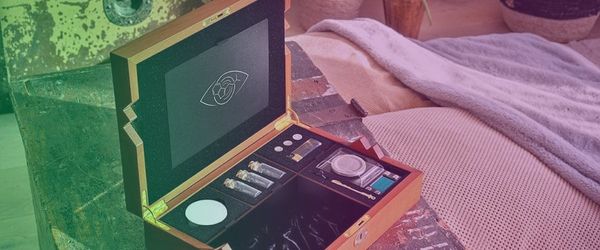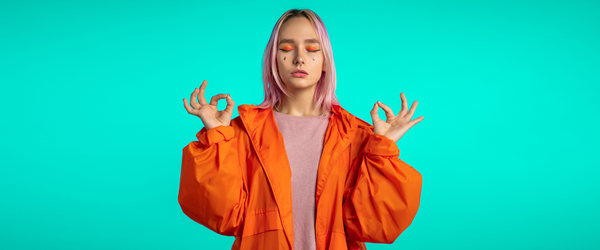Martijn Schirp • • 2 min read
How To (Temporarily) Experience A Phantom Limb

I placed a coffee cup in front of John and asked him to grab it [with his phantom limb]. Just as he said he was reaching out, I yanked the cup away.
“Ow!” he yelled. “Don’t do that!”
“What’s the matter?”
“Don’t do that”, he repeated. “I had just got my fingers around the cup handle when you pulled it. That really hurts!”
Hold on a minute. I wrench a real cup from phantom fingers and the person yells, ouch! The fingers were illusory, but the pain was real – indeed, so intense that I dared not repeat the experiment.
— Ramachandran, Phantoms in the Brain p. 43
Get your rubber hand here.
The phantom limb syndrome is one more piece of evidence for the fact that we don’t perceive reality as it really is but that we perceive a reality as it is constructed by our own minds. There are no inherently red or blue photons (light particles) to be found in the physical world, but we do perceive a world of color around us.
“In short, phantom limbs are a mystery only if we assume the body sends sensory messages to a passively receiving brain. Phantoms become comprehensible once we recognize that the brain generates the experience of the body. Sensory inputs merely modulate that experience; they do not directly cause it.” – Melzack
During the course of evolution not only our bodies evolved but so did our cognitive functions, including our sense of self. Sensory input that was redundant to practically make sense of our surroundings, like high and low pitches, slowly got discarded. While other cognitive tools gave us advantages still used today.
Some of these tools gives rise to optical illusions. Like the Kanizsa triangle below where it seems there is a white triangle covering three circles and another triangle. While in fact there is no white triangle, your mind just thinks there should be one. (Cover areas of the image and the white triangle will dissapear.)

Illusions like these have revealed alot about perceptual processes in psychology. The following phantom limb illusion you can try at home reveals a three-way interaction between vision, touch and proprioception (the perception of the relative position of parts of the body). It makes sense of what objects that arise in our awareness belong to the self or to the outside environment. Some philosophers of mind came to the same conclusion as eastern contemplatives have, the nature of the self is purely experiential and it is relative to our mode of investigation.
The Trick
To trick this system and experience an inanimate object as being your own all you have to do is the following (it helps if someone can give a hand):
- Sit in front of a table, lie down either one of yours hands down and cover it so that is out of sight
- Get something that resembles closely as possible your hand, like a rubber hand, glove or someone else’s hand
- Stroke both hands synchronously and repeatedly with a probe (feather, pencil, spliff, etc.)
- Do this for about 60-120 seconds (maybe longer depending on your ability to sink into it)
- Stop stroking your real hand while still stroking the inanimate object
- Enjoy your new limb!
This is definitely on my to-do list for the next time I take shrooms…










